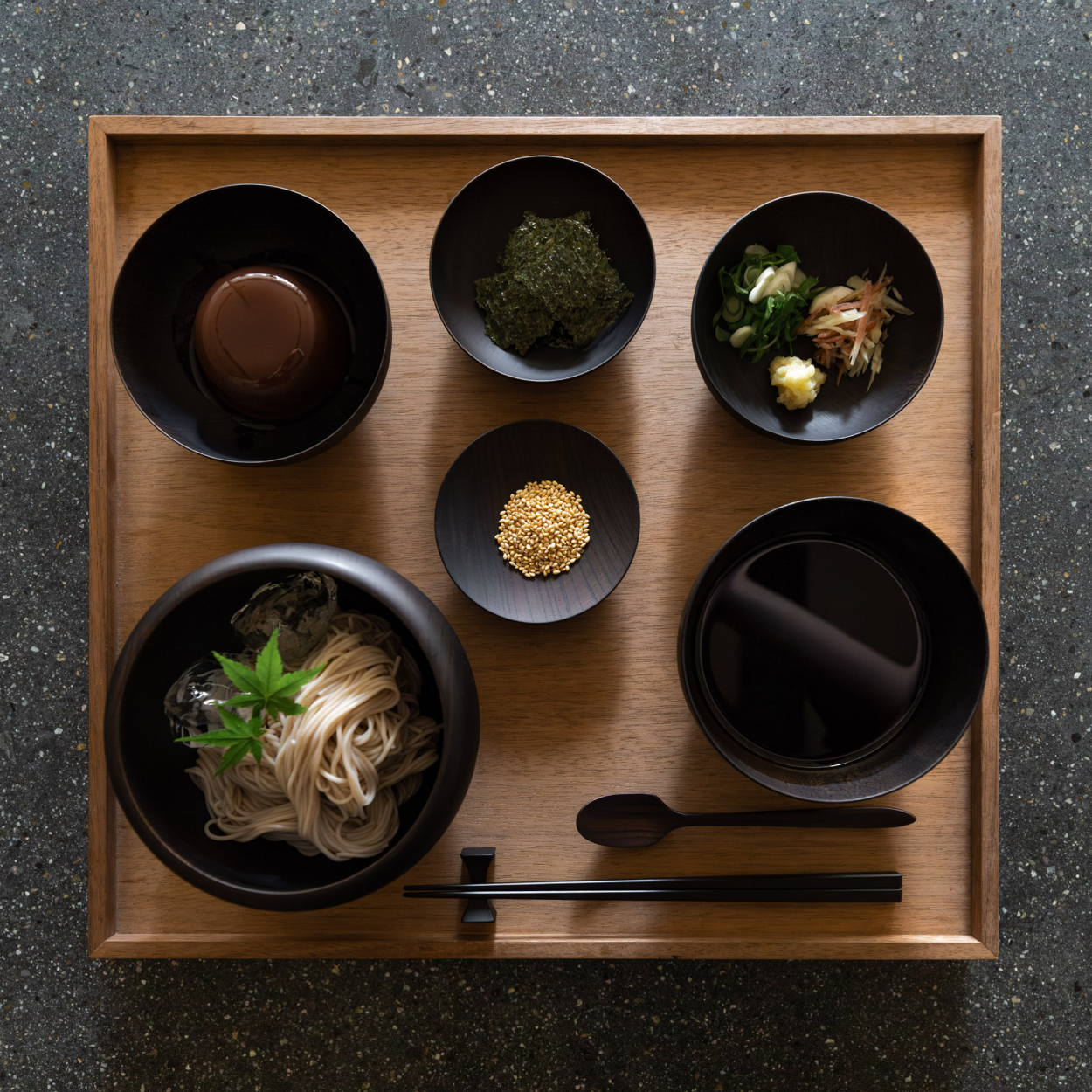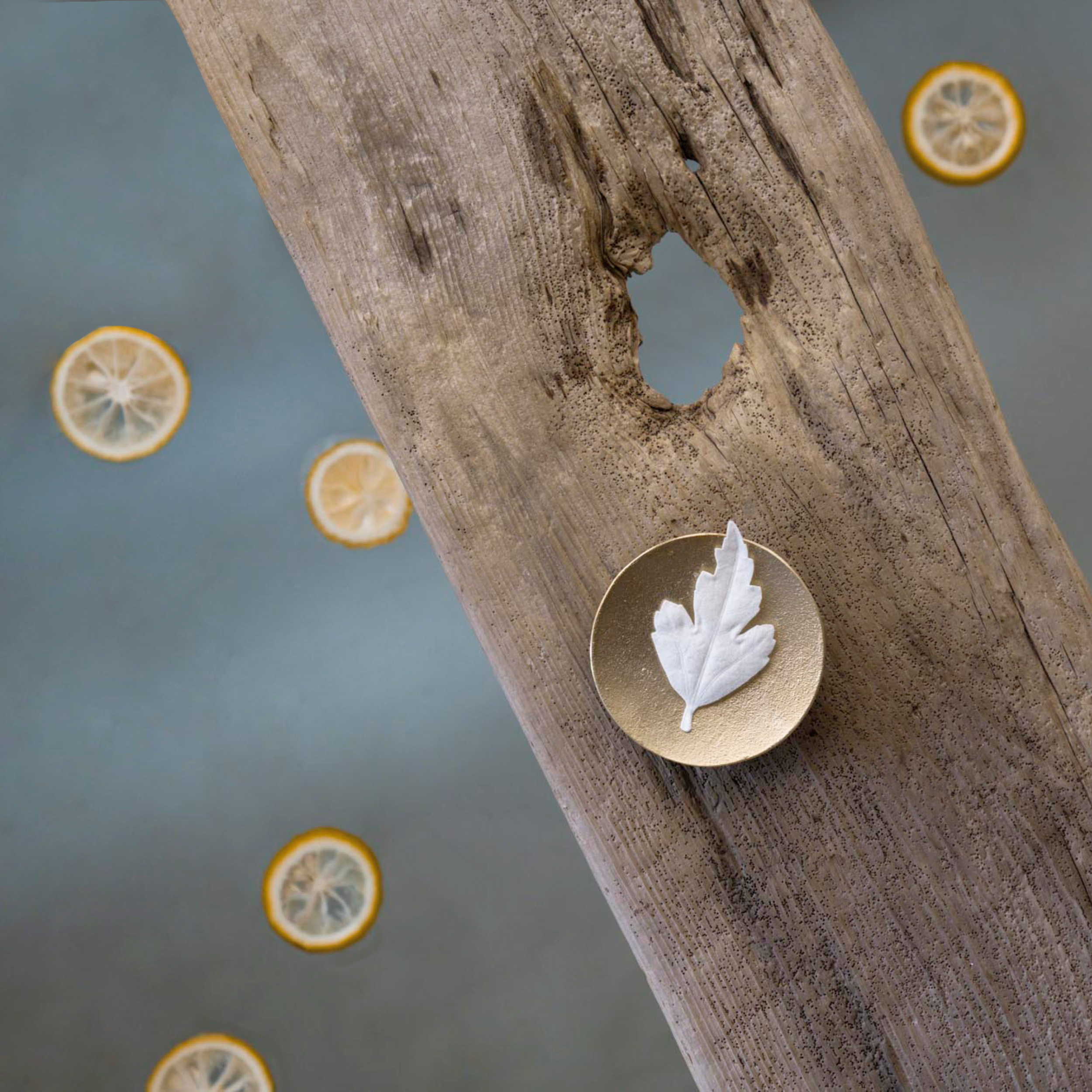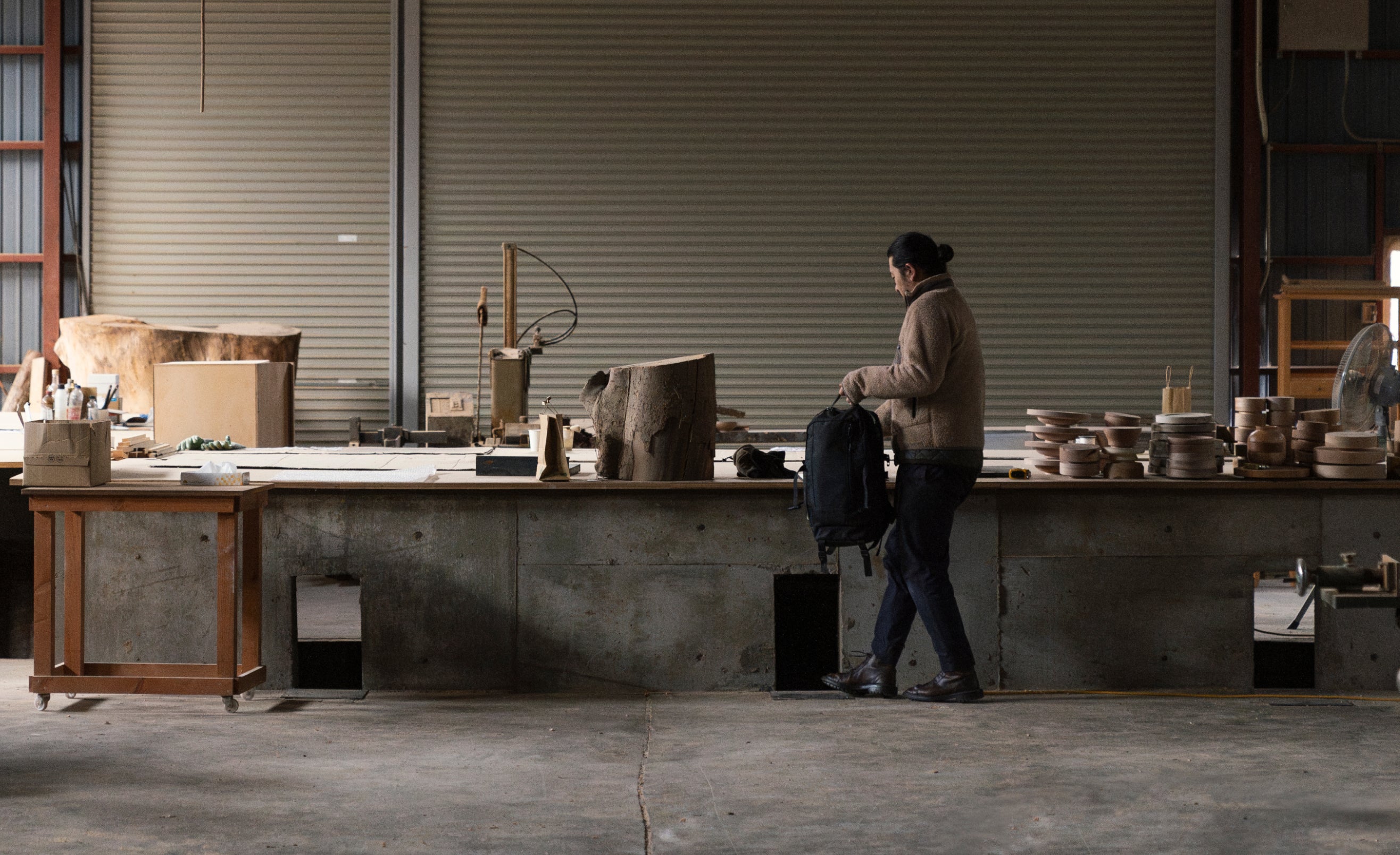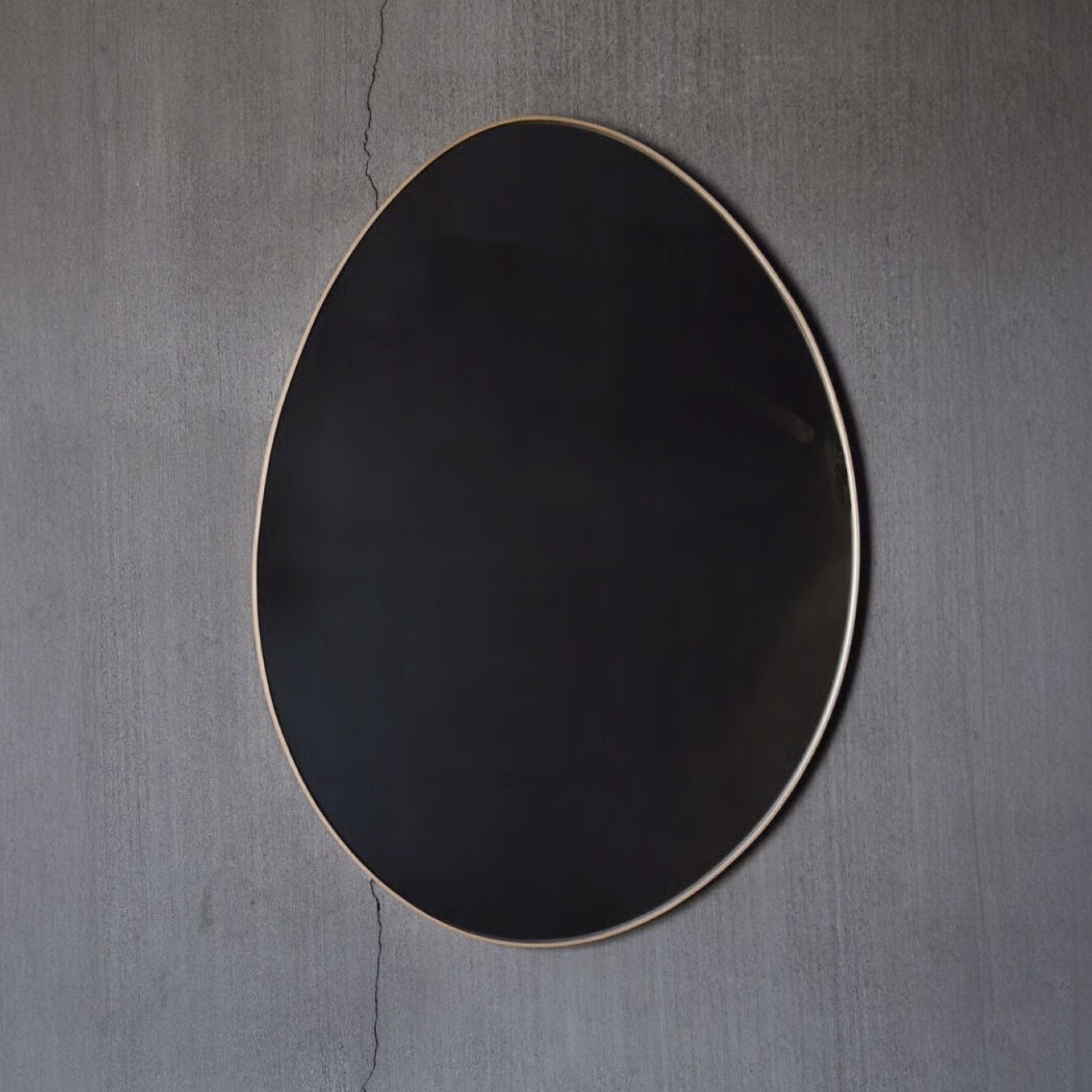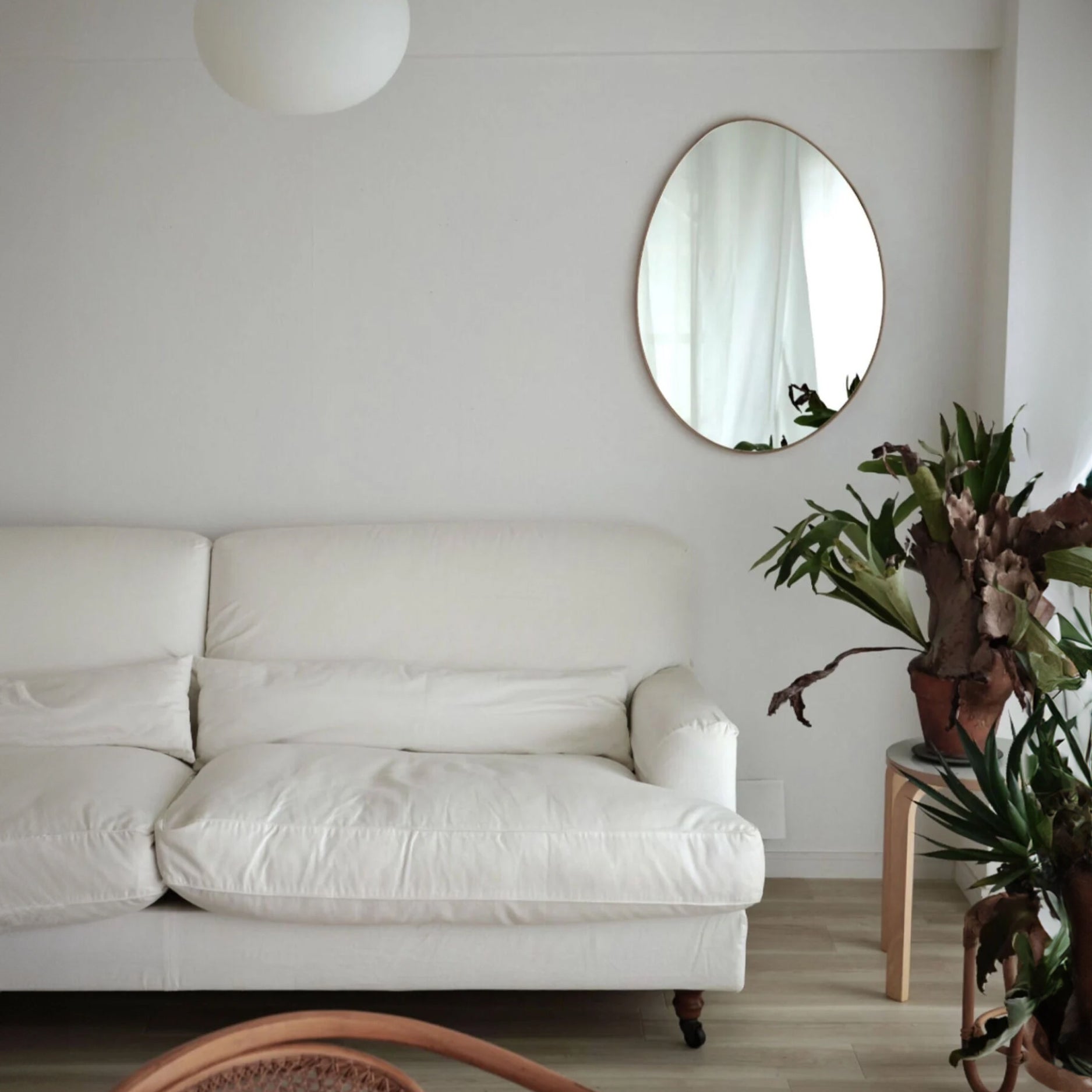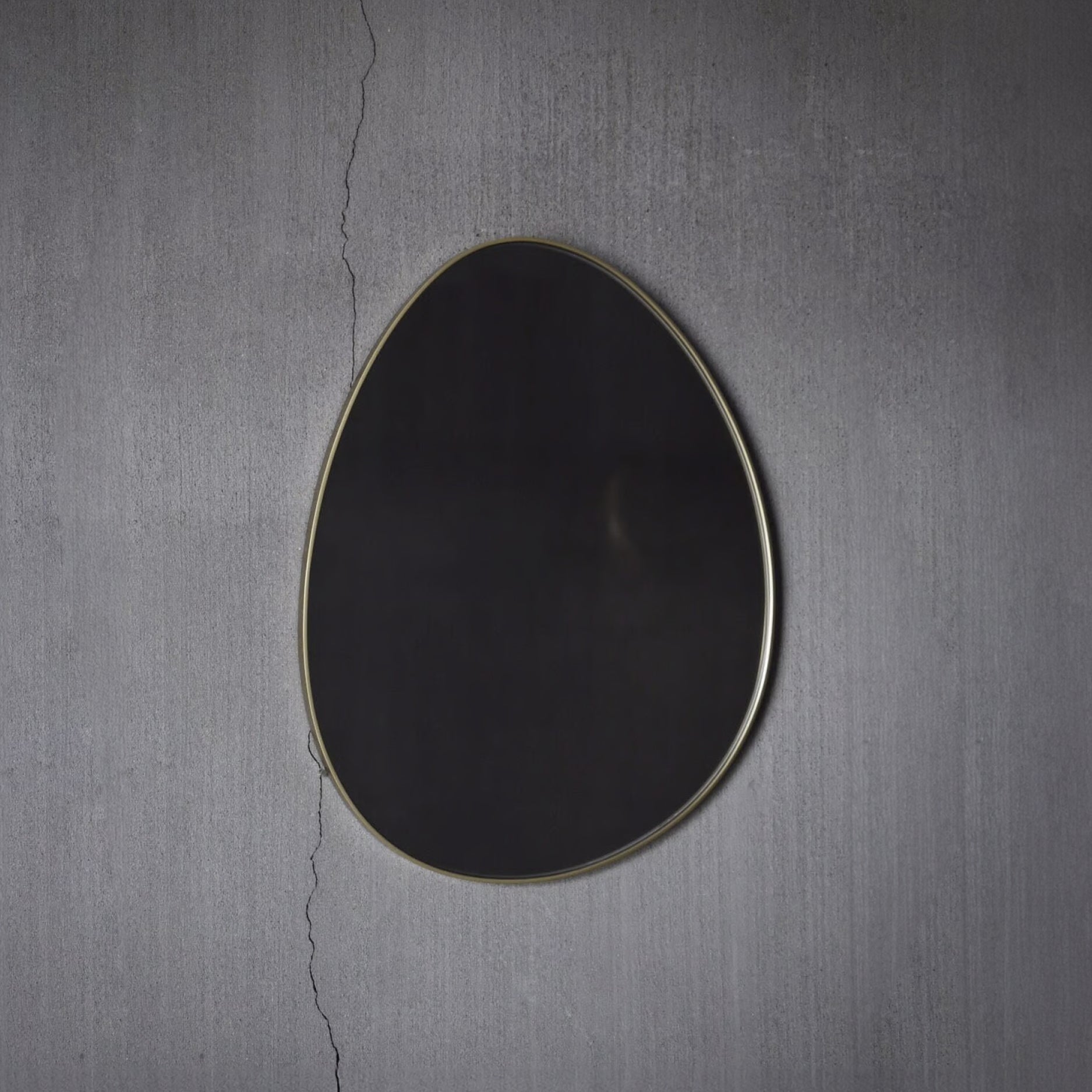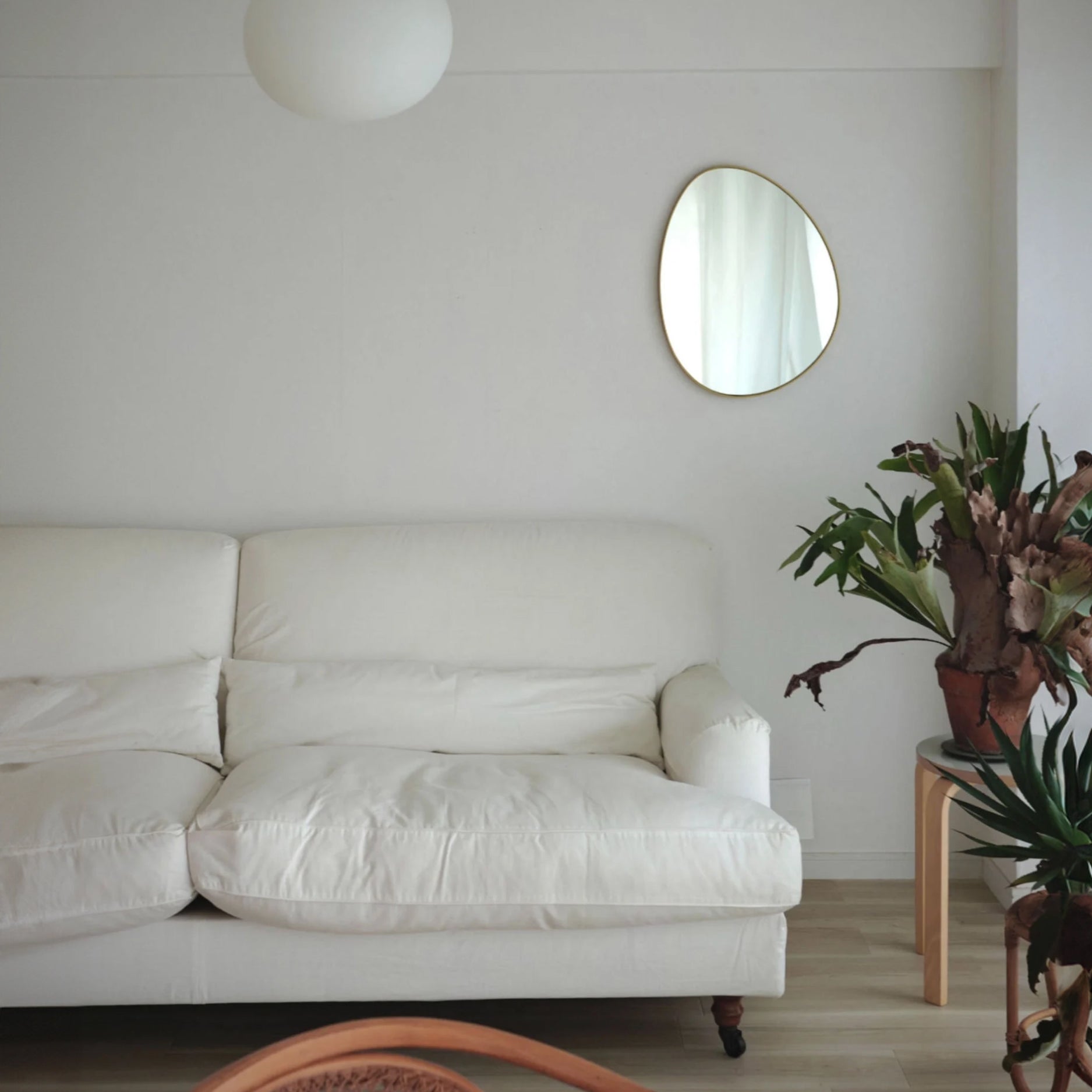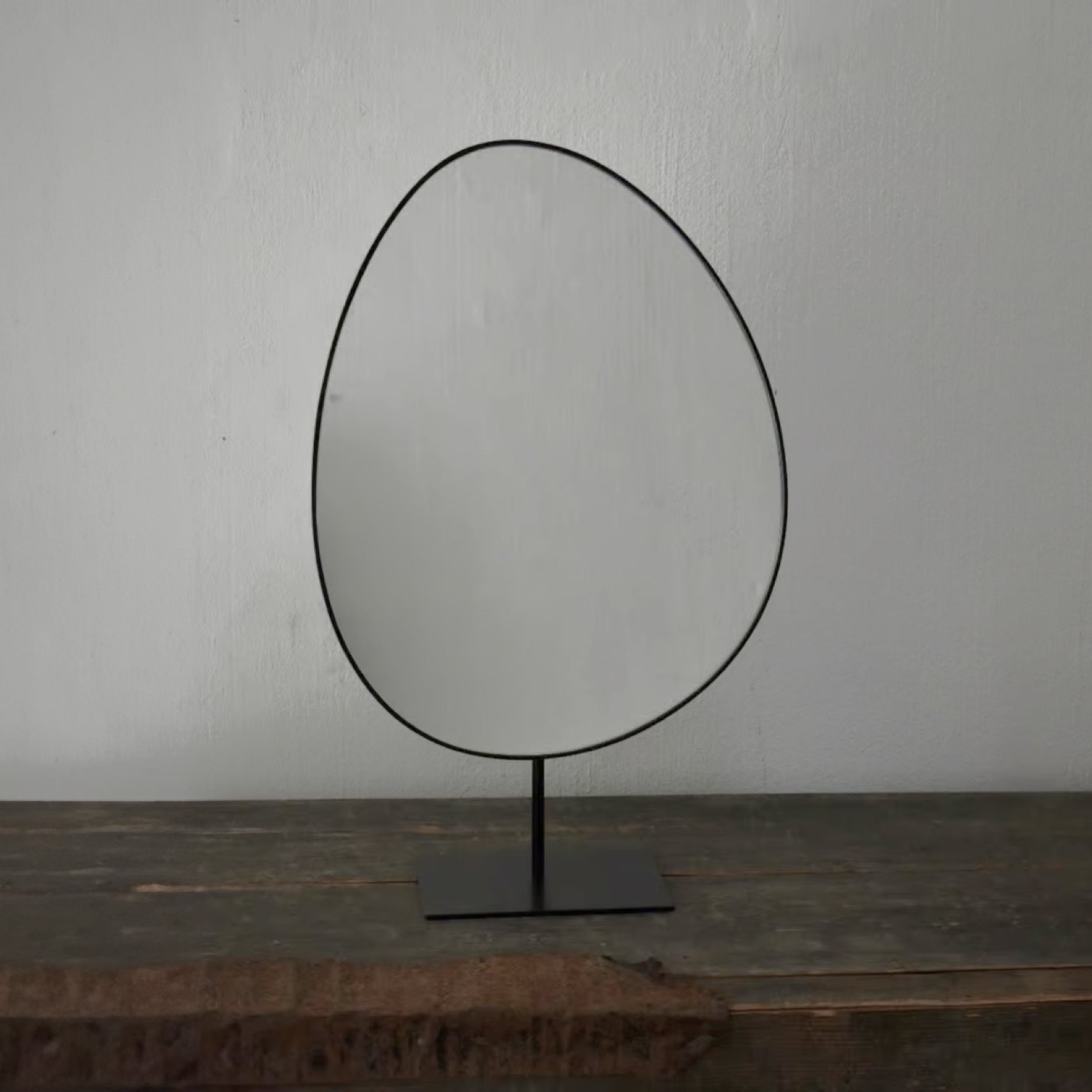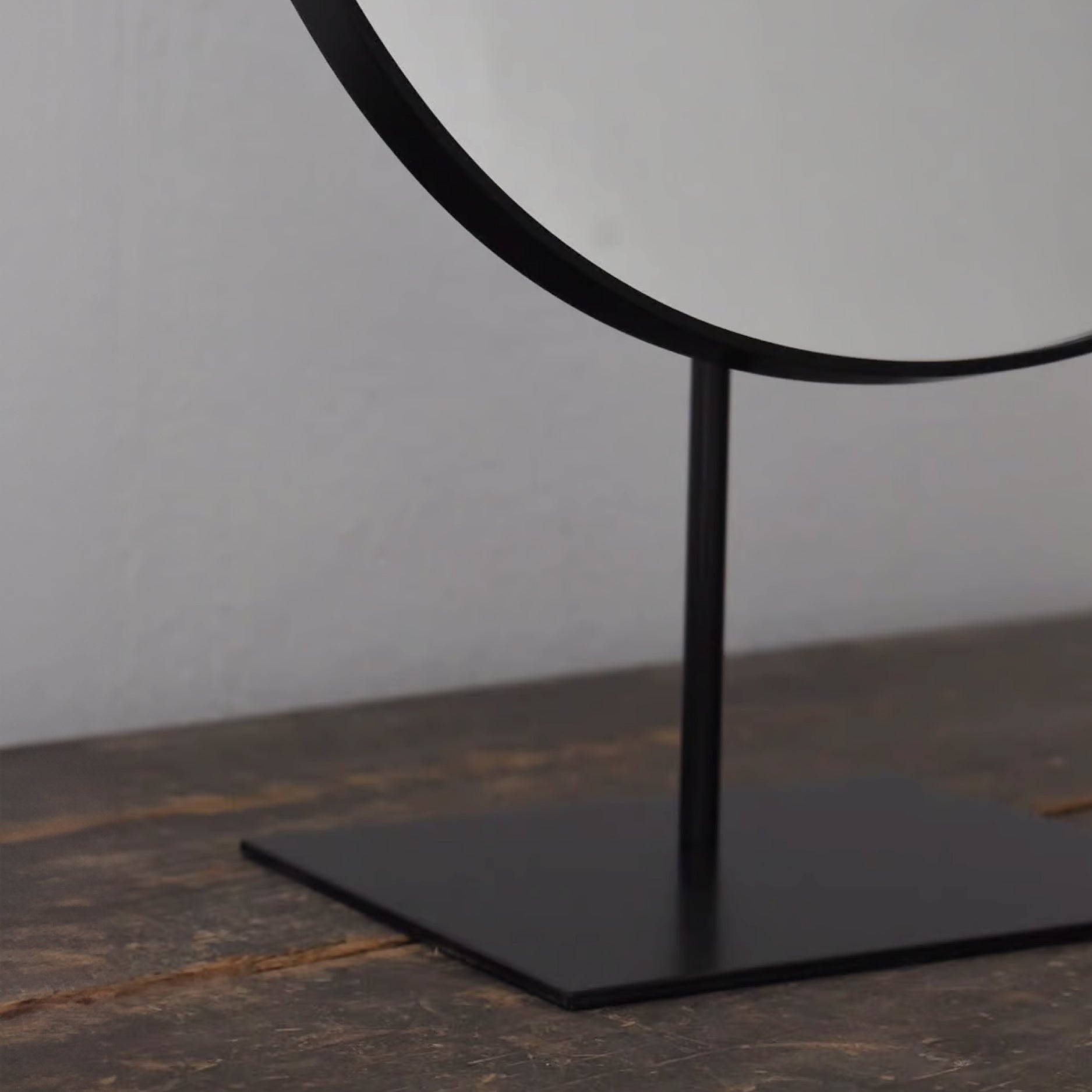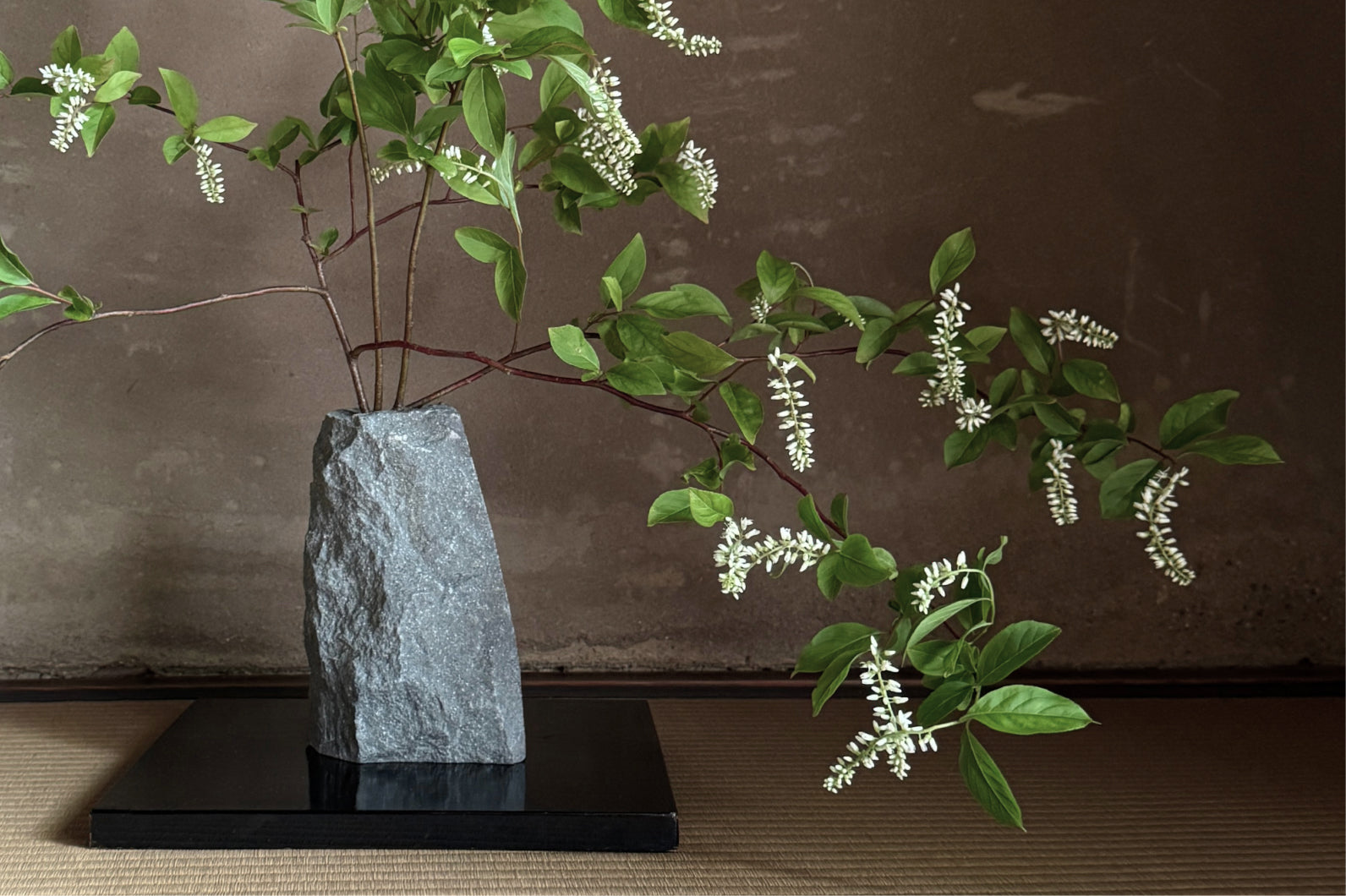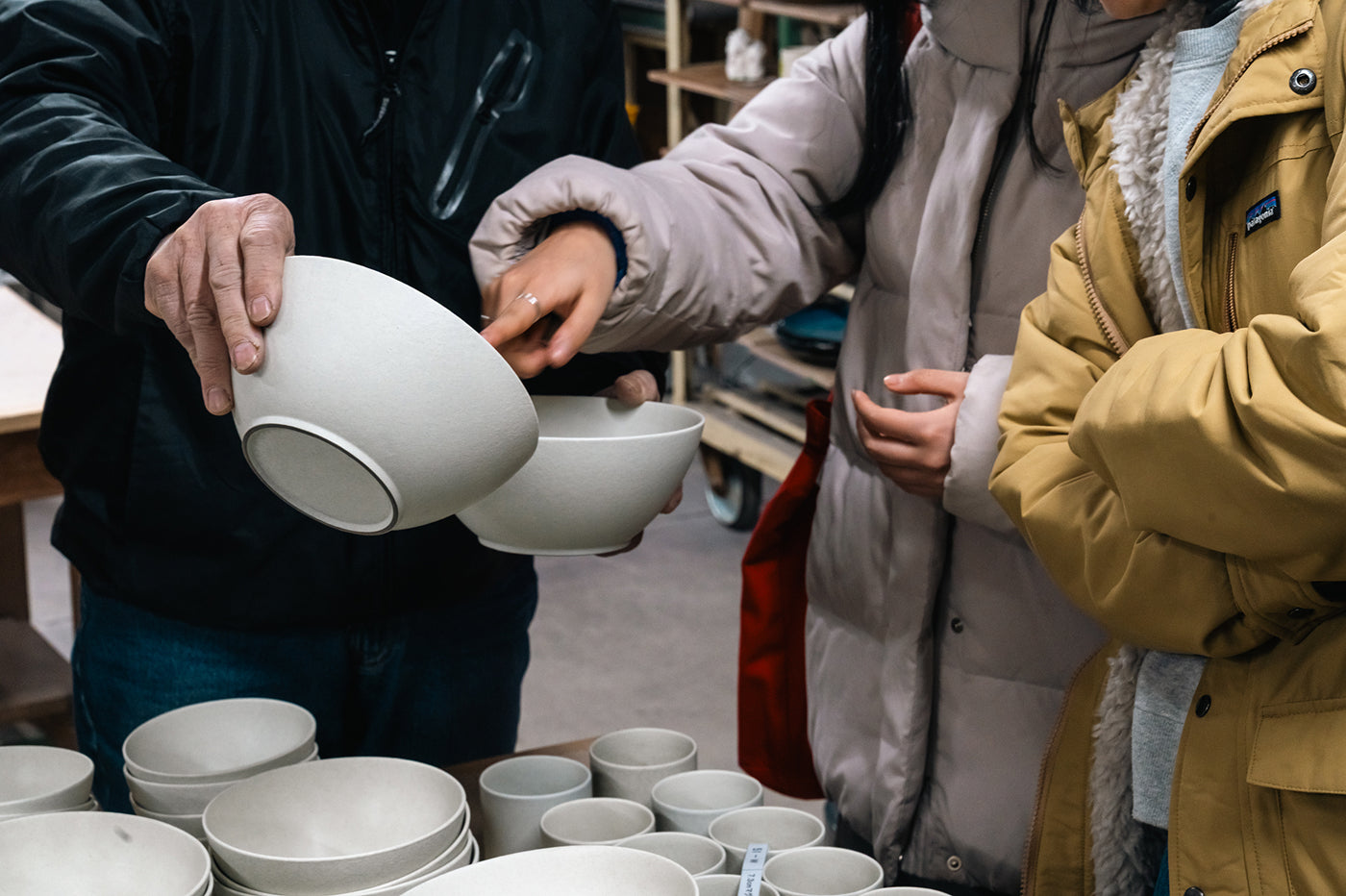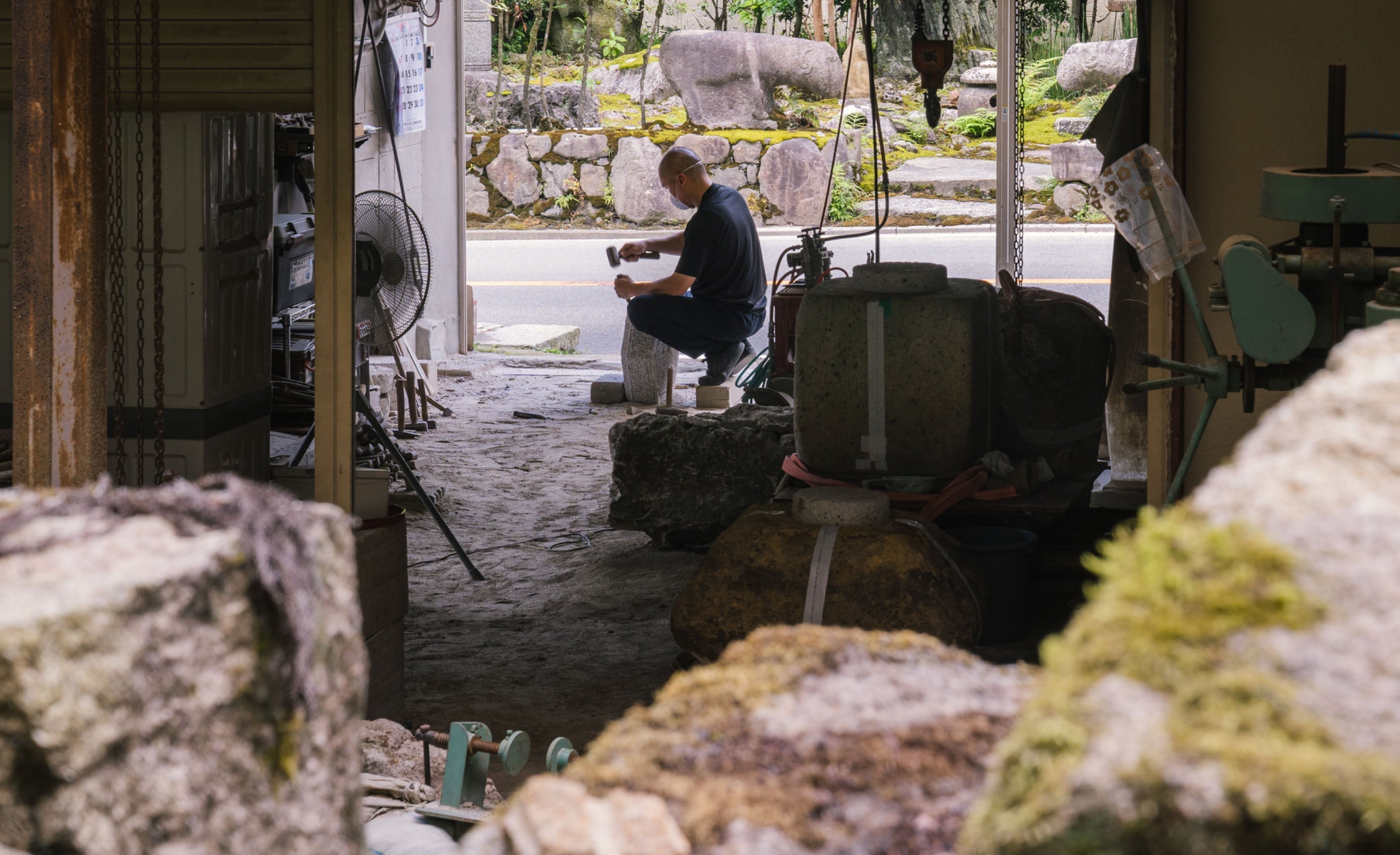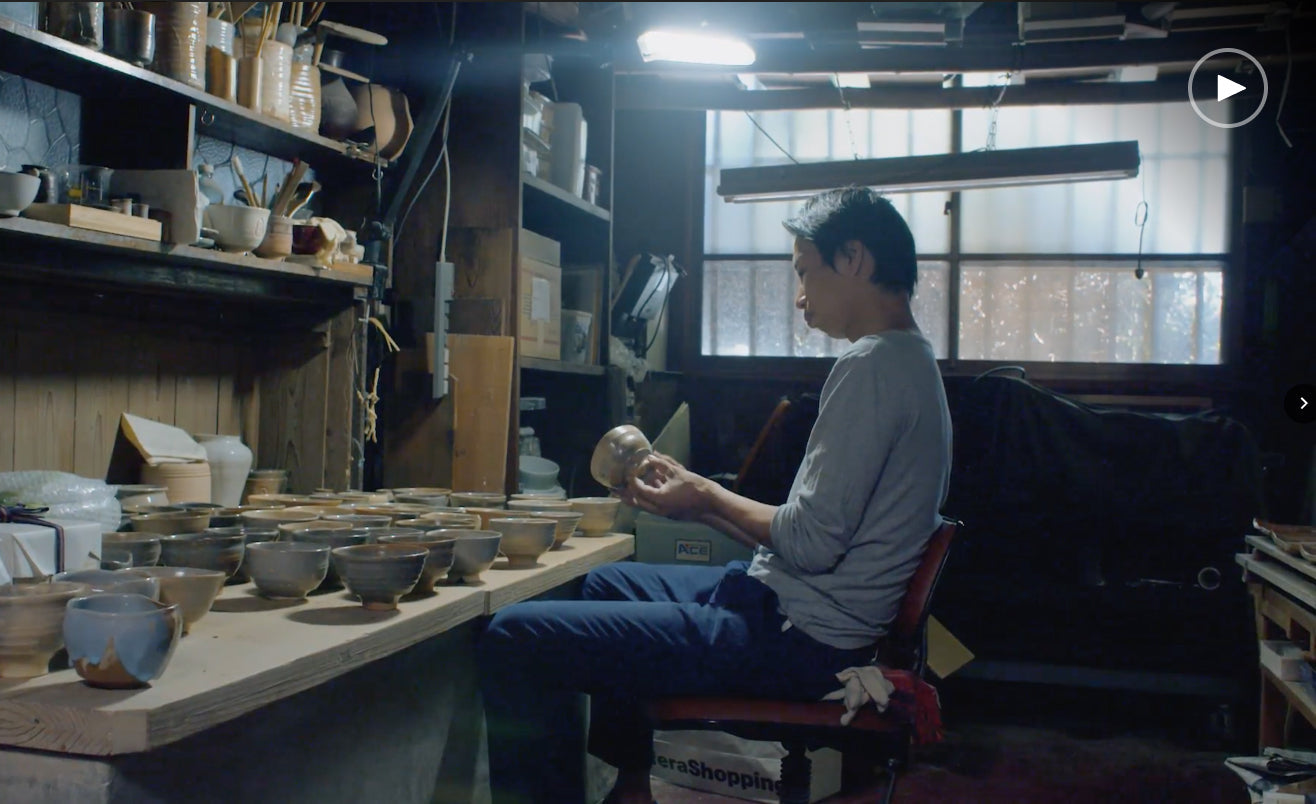A Symbiotic Relationship Between Tradition and Modernity
There's potential for harmony when contemporary aesthetics are paired with age-old craftsmanship. Serving as complementary forces, one helps the other survive: modern design lends relevance, and traditional technique offers enduring appeal. The Miyagawa Mirror Collection, born from the collaboration between designer Kazuto Yoshikawa and a multi-generational frame-making workshop in Mie Prefecture, is a testament to this approach.

Reviving a Dormant Art: Wood Bending
Kazuto was selected to participate in a project that identified sustainable uses for hinoki wood sourced from Toyota's forests in Mie Prefecture. While there, he became acquainted with a multi-generational workshop that has specialized in frame-making since 1946. Over the years, they had suffered from a decline in demand, resulting in the discontinuation of a rounded style of frame traditionally sold for Japanese style rooms, where calligraphy or other thoughtful art pieces would be displayed.
Kazuto was invited to visit the workshop to see their processes for himself. While there, he noticed how the area with the wood-bending equipment for this style of frame had lain dormant for many years. Kazuto, with his own woodworking background, could recognize the level of specialized skill needed to successfully bend hinoki into sturdy, curved frames. The resulting product would be an example of high-quality artisanship.

Looking at this neglected part of the workshop, he saw promise in the craftsmen’s knowledge and equipment, and the potential of revitalizing this practice to apply it to a contemporary design. Kazuto decided he wanted to create new business opportunities for this workshop to bring the technique out of hibernation, as well as utilize sustainably forested hinoki wood from the nearby Toyota forests. This led him to spend many years collaborating with the frame-makers on the development of a new product: the Miyagawa Mirrors.
Kazuto Yoshikawa's Journey to Mie
Kazuto's appreciation for woodworking began during his 12-year career with an international furniture company, which inspired him to participate in Japan's maker culture. He moved to Gifu to study and immerse himself in the home of Japan's oldest woodworking industry. This time allowed him to practice the craft and develop his own skills. He soon began producing furniture and daily living utensils from Tokyo.
While Kazuto is a Tokyo-based designer, he now shares his time between the city and Mie Prefecture. Because of his commitment to the Miyagawa Mirror project, he decided to set up his own workshop just down the road from the frame maker workshop.

In Mie there’s a deep connection between craftsmanship and the environment. The Yoshikawa workshop is nestled beside a scenic river leading to a waterfall. The waters are crystal clear, and the surrounding forests add a serene ambiance—an exemplar among Japanese scenery. The workshop affords Kazuto easier access to Mie's lush forests, which have long supported a rich tradition of woodworking and provide artisans with a bounty of resources. Having this base has contributed to the up-leveling of his own skillset and deepened his ties to the area’s woodworking — from foresting to production.

A Way Forward for Makers
The Miyagawa Mirrors are a trifecta of sustainability, tradition, and modernity; they represent a successful model for how traditional craftsmanship can adapt and thrive in the contemporary world. Responsibly sourced raw materials are supplied to skilled makers, who operate under the guidance of a designer with a sense for market tastes and the value of traditional techniques. The result has turned out to be a promising method for preserving heritage practices.
Explore the Miyagawa Mirror Collection and select the one that best complements your decor to enhance your space with a storied interior design piece.

